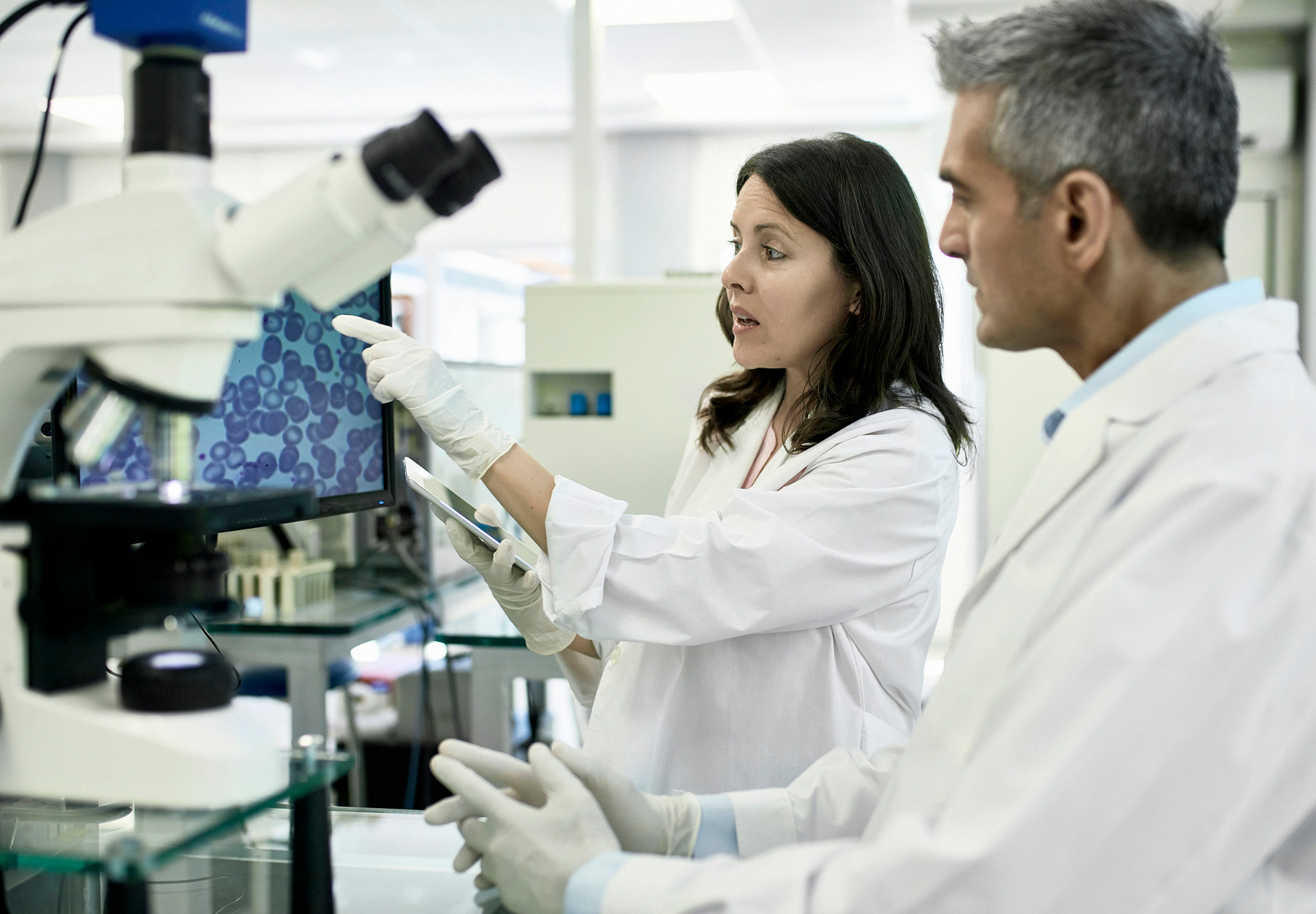Expert Q&A: Challenges in Pathology and Potential Solutions
Liron Pantanowitz, MD, PhD, discusses the key issues pathologists face today, and how technology could help.

The field of pathology is facing major challenges, including staffing shortages, high expenses, and diminishing reimbursement rates. Liron Pantanowitz, MD, PhD, chair and professor of pathology at the University of Pittsburgh and president of the Digital Pathology Association, discusses these challenges and how artificial intelligence and digital pathology could help solve them.
Q: What are some of the biggest challenges in pathology today?
A: Some of the biggest challenges in pathology today include:
- Workforce shortages for pathologists and lab staff: For pathologists, there are currently 20 jobs per pathologist. Post-COVID, many elderly pathologists retired, leaving a huge gap. Additionally, many folks want to work from home and are choosing high-paying jobs to do so instead of selecting a career in the lab with low pay and difficult hours.
- The high cost of healthcare with reduced reimbursement: COVID was a catalyst to a financial crisis in healthcare, and the market has since continued to decline. The cost of doing business remains difficult with low profit margins because of expensive resources, such as people, and the reimbursement for what we do is slowly diminishing each year. The old way of doing business can no longer be sustained.
- Increased case volume and complexity: With fewer pathologists to do the work, pathologists’ caseloads have markedly increased. This has resulted in lots of resignations. Additionally, the advances in the field, like molecular testing, require pathologists to perform many more ancillary studies on these cases and issue complex reports.
- Fewer experts with a lack of subspecialization: With less pathologists, there are fewer experts. Additionally, pathologists are not attracted to academic jobs, which pay low salaries compared to the higher paying jobs out there today with the demand for pathologists.
Q: If you could glimpse into the future, which of these challenges will be easiest and which will be hardest to overcome?
A: The increased case volume and complexity will be easiest to overcome because there is emerging technology—including digital pathology with the application of artificial intelligence (AI)—that potentially can be leveraged to address this.
It will be harder to overcome challenges like the workforce shortage for pathologists and lab staff, the high cost of healthcare with reduced reimbursement, and fewer specialized experts. There isn’t a quick fix or any magic technology to address these. Overcoming these challenges requires regulatory change, which is almost impossible to adjust.
Q: What can be done to overcome these challenges?
A: We need a better pipeline into our profession. If pathology becomes more digital and modernized, it may be more attractive to medical schools. We need to train more technologists.
Automation can help consolidate so we need less human resources. We need new models of practice, such as telepathology, for example, to reduce costs. We need reimbursement for using digital pathology technology.
Automation will help. Newer tools like AI can be used to analyze smaller biopsies to drive targeted therapy in this era of personalized medicine.
Digital pathology permits portability. This supports specialization by distributing the workload among experts. Digital tools also support virtual education.
Q: Do you see any of these challenges leading to progress or innovation?
A: Yes, this includes:
- Better digital imaging technologies and standards, like the DICOM standard. Technology can help overcome the aforementioned challenges, such as by allowing labs to consolidate and better distribute workload.
- AI that enables next-generation computational pathology. Now that pathology slides can be digitized, they can be analyzed by AI tools. This enables computational pathology, that is, the use of computers to augment what pathologists have to do in clinical practice.
- Novel discoveries, including spatial biology to evaluate cancer. Humans are not very good at analyzing big data, such as millions of pixels in large whole slide imaging files. However, AI tools can do this well. As a result, these deep learning algorithms are able to analyze our pathology images and uncover novel findings and relationships about diseases like cancer. For example, AI tools can quantify the amount of tumor infiltrating inflammatory cells and how they relate in space to other cells within the tumor environment. This information has proven to be very helpful in better understanding disease biology (pathogenesis) and predicting responses or outcomes to new chemotherapy and immunotherapy drugs in clinical trials.
- Lab automation: Technology can replace manual processes in the lab. This introduces efficiency, making these processes quicker and easier, but also reduces the risk of human error.
________________________________________________________________________________________________________________________________________
Liron Pantanowitz, MD, PhD, is chair and professor of pathology at the University of Pittsburgh and president of the Digital Pathology Association. He received his medical degree and PhD from the University of Witwatersrand in South Africa. He completed his anatomical and clinical pathology residency at Beth Israel Deaconess Medical Center, Harvard University. He subsequently completed a hematopathology fellowship at Harvard and a cytopathology fellowship at Tufts University. He completed his Master of Health Administration (MHA) at Ohio University and is board certified in clinical informatics by the American Board of Pathology. Dr. Pantanowitz is editor-in-chief of the Journal of Pathology Informatics, president of the American Society of Cytopathology, and past president and current council member of the Association for Pathology Informatics. He is widely published in pathology informatics and cytopathology, and his research interests include digital pathology and artificial intelligence, as well as non-gynecologic cytopathology.
Subscribe to Clinical Diagnostics Insider to view
Start a Free Trial for immediate access to this article